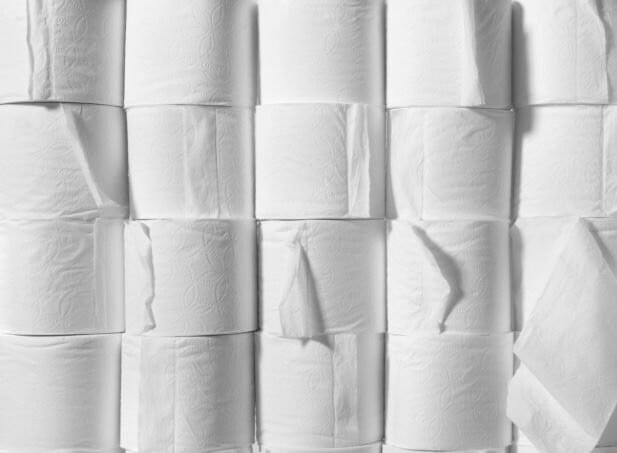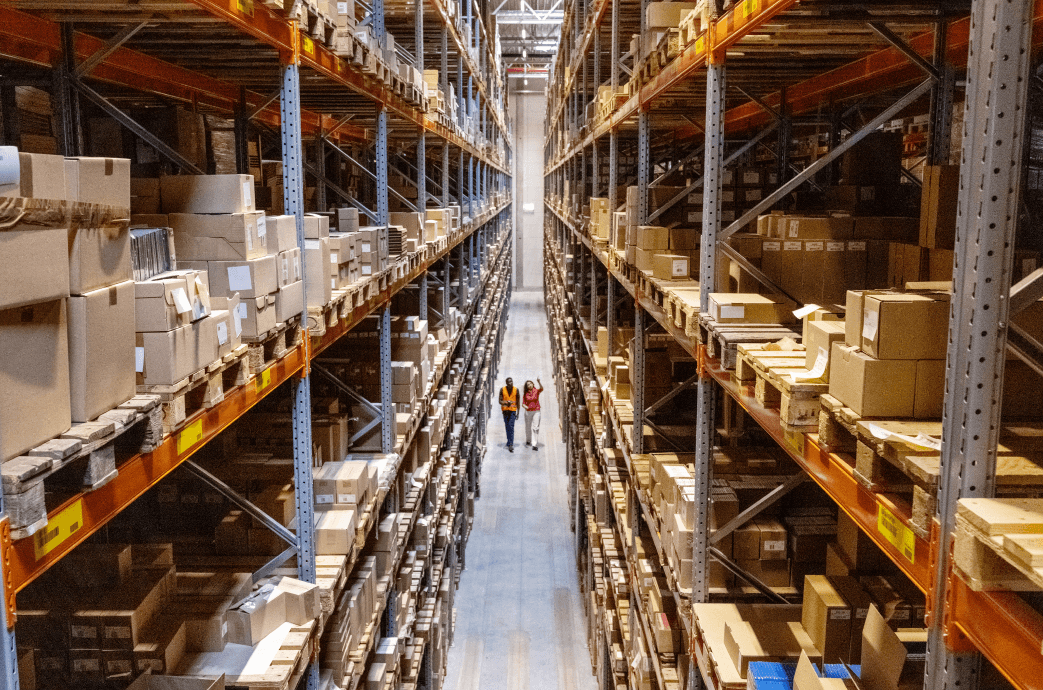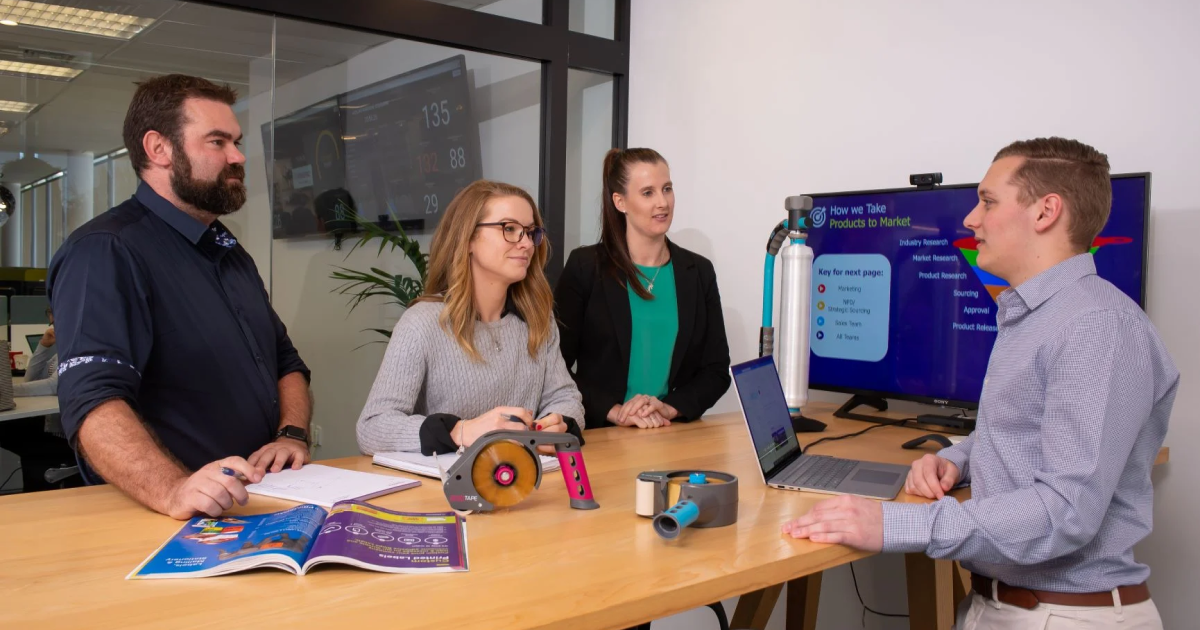
As part of the New Zealand government’s long-term plan to reduce the amount of rubbish heading to our landfills, or causing pollution to our environment, six products have been declared for regulated product stewardship, including plastic packaging. This declaration falls under the Waste Minimisation Act 2008, and puts more responsibility on companies like manufacturers, to work towards more circular resource use, and less waste.
As a packaging company, we’re particularly interested to know what this means for materials like plastic packaging, which is still used for products like plastic food trays and drink bottles. We’ve taken a closer look at the regulated product stewardship declaration from the government, what this means for manufacturers, and how this will impact plastic packaging.
Read on to find out more.
What is regulated product stewardship?
Regulated product stewardship which is sometimes referred to as ‘extended producer responsibility’, is when regulations are put in place so that people like producers, manufacturers and importers accept responsibility for reducing a product’s environmental impact. These regulations are often set in place for products that are more often than not destined for landfill, and the chances of them being reused or recycled is minimal. The regulations look to incentivise manufacturers to think about a product’s life-cycle and waste management and move from a linear ‘throw-away culture’ to a circular economy or ‘make-use-return’.
The New Zealand government wants to reduce waste and the environmental harm it causes and in turn, increase economic and social benefits that arise from a more circular consumption of resources. This is all part of a bigger plan to move the country to a more sustainable and low emissions economy. Product stewardship is one of the tools available under the Waste Minimisation Act 2008 (WMA) that helps to reduce waste in the economy, and increase efficiency.
It was after a public consultation held in 2019 that six key products were listed as ‘priority products’. Before declaring these products as ‘priority’, the following criteria must be met:
- The product will or may cause significant environmental harm when it becomes waste.
- There are significant benefits from reduction, reuse, recycling, recovery, or treatment of the product.
- The product can be effectively managed under a product stewardship scheme.
The products that have been identified as priorities and regulated product stewardship must now take place are:
- Plastic packaging
- Tyres
- Electrical and electronic products (e-waste)
- Agrichemicals and their containers
- Refrigerants
- Farm plastics.
Why regulated product stewardship is important
Waste management has been an increasing problem not just here in New Zealand, but around the world. A faster pace of life means that many of us seek convenience in our day to day lives, from the clothes we wear, to the food we eat. Convenience is quick, but it’s not always best. Convenience products are often produced from hard to recycle materials like plastic which continues to have a negative impact on our environment.
Projections show that with current population trends and without intervention, the annual volume of rubbish going to landfills will almost double within the next 10 years. And that’s only within Auckland. If we look at plastic use in particular, 252,000 tonnes of plastic waste is sent to our landfills each year (based on 8% of 3.156 million tonnes of waste to landfill). A lot of this plastic is packaging from imported goods.
Reducing waste and moving towards a zero-waste status is a key goal for many New Zealanders and councils across the country. We need to adopt a more serious and considered approach to dealing with waste which is where initiatives like regulated product stewardship come in. These practices encourage the producers and manufacturers of these goods to think about the bigger picture when it comes to their products. What will happen to them once we’ve used them? How can they be either reused or recycled so that they don’t end up in our landfills?
With regulated product stewardship the onus falls to the producers and manufacturers to work out what will happen with their products once consumers have finished with them. Reuse, recycle or return.
What this means for plastic packaging

While manufacturers have already been making good strides in moving to producing plastic packaging that is recyclable, there’s still more that can be done to operate more sustainably. Items like plastic fresh produce bags and plastic cutlery are still being used in abundance across NZ with these items generally ending up in our landfills, after they have been used.
The government is starting to take even more action though with the announcement that they will be banning a range of single-use, hard to recycle plastics by 2025. Cotton buds and the humble fruit label will be a thing of the past and manufacturers and producers will need to source suitable alternatives.
Many companies have been thinking ahead though and have already come up with suitable recyclable or reusable alternatives to many common plastic packaging products. For example, fabric bags designed to carry fresh produce are now sold by many retailers. These bags can be used time and time again and even washed, saving the need to opt for single-use plastic produce bags. Plastic cutlery is also being replaced by more environmentally friendly bamboo or reusable options.
It’s important to note that certain types of plastics are accepted by most councils across New Zealand for recycling. All plastic comes with a recycling code numbered from 1-7; plastic with the codes 1, 2 and 5 are commonly accepted in most household recycling bins.
Sustainable alternatives to plastic packaging
As we have already mentioned, there are now many sustainable alternatives to common plastic packaging options – all it takes is a bit of time to find an alternative that’s appropriate for your needs.
Here at Primepac we know how important it is that we all do our bit for the environment, and play our part in working towards a more sustainable economy. That’s why we have a number of sustainable and environmentally friendly packaging options that make great alternatives to plastic. You can find out more about the sustainable packaging supplies we offer, by heading to our website here. To view our full range, just download our free sustainable supplies catalogue by clicking below.






.png)

